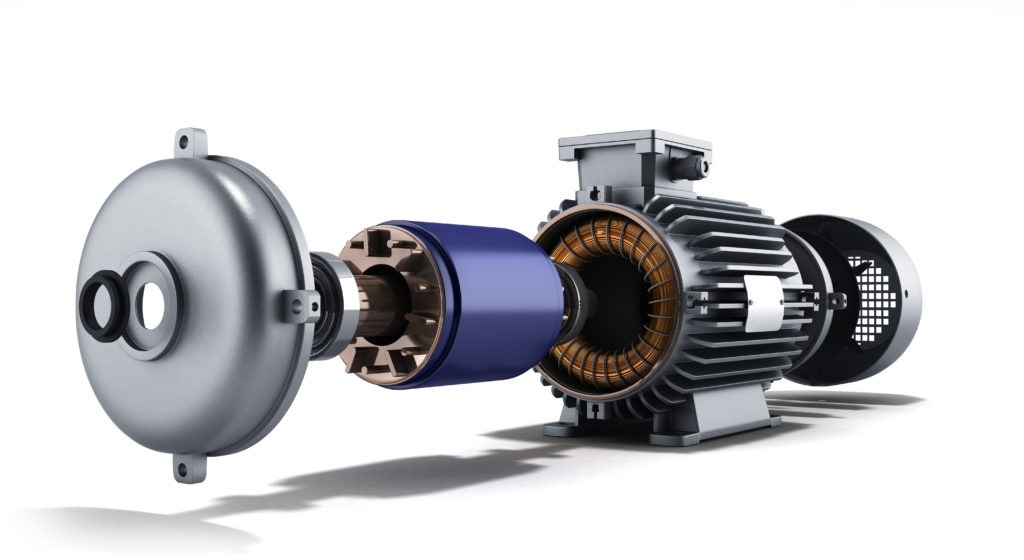
Motors are the main component of generators as they help to provide backup power in various settings due to their ability to convert mechanical energy into electrical energy. This paper is focused on explaining the working of motors in generators to be able to grasp the fundamental principles of these devices and facilitate the operation of the motors. In this particular article, we shall also explore operational aspect of motors in generators, the various categories of the motors as well as their critical role in supplying of electric power during moments of need.
Role of Motors in Generators
Prime Mover: In generators, motors operate as the driving force of generator shafts, thereby rotating them. They extract specific types of energy like internal combustion in the gasoline or diesel engines, steam in turbine engines, or mechanical in wind or hydro turbines and transform it into rotational force.
Induction of Electromagnetic Fields: In the stator and rotor parts of the generator, motors generate magnetic fields. When the rotor is surrounded by the Field of flow produced by the stator the electromagnetic currents are induced in the stator windings thus obtaining the required electrical output.
Control of Voltage and Frequency: Motors also have functions in controlling the amount of voltage and the frequency in the electric output of generators. This is performed by ensuring that the output voltage and the frequency do not vary from the acceptable levels in spite of variations in the mechanical input and speed of the generator shaft.
Types of Motors Used in Generators
Internal Combustion Engines: Reciprocating or piston generators operating on internal combustion engines: gasoline or diesel are predominantly suitable for transportable and standby purposes. They immediately drive the generator shaft and offer precise and efficient electricity generation.
Steam Turbines: We are going to look especially at steam turbines, as these are widely used in large electric power stations and manufacturing organizations. Heat produced from the combustion of fossil fuels or boiling water directs the blades in the turbine to rotate around the generator shaft to produce electric current by creating a magnetic field on the wire coils.
Gas Turbines: A gas turbine, also called a combustion turbine, has a compressed air with a fuel that gives an impulse to the blades of a turbine. These turbines are small in size and have high efficiency, ideal for distributed power generation and v Grid connected application.
Wind Turbines: One of the types of renewable energy, wind turbines work by capturing the kinetic energy of the wind to turn the blades and these are connected to a generator shaft. They work just like a wheel with blades where spinning the generator rotor in a stator’s magnetic field creates electricity.
Generators are driven by motors as mechanical to electrical convertors to provide backup and standby power for residential, business, industrial, and renewable energy uses. To select, operate, install, and maintain motors and understand the fundamentals of motors and their types used in generators we need to know how they are important in delivering the reliable electricity. This means that generator users can change their approach and understand the importance of motors in achieving the various functions of a generator in relation to energy needs.


